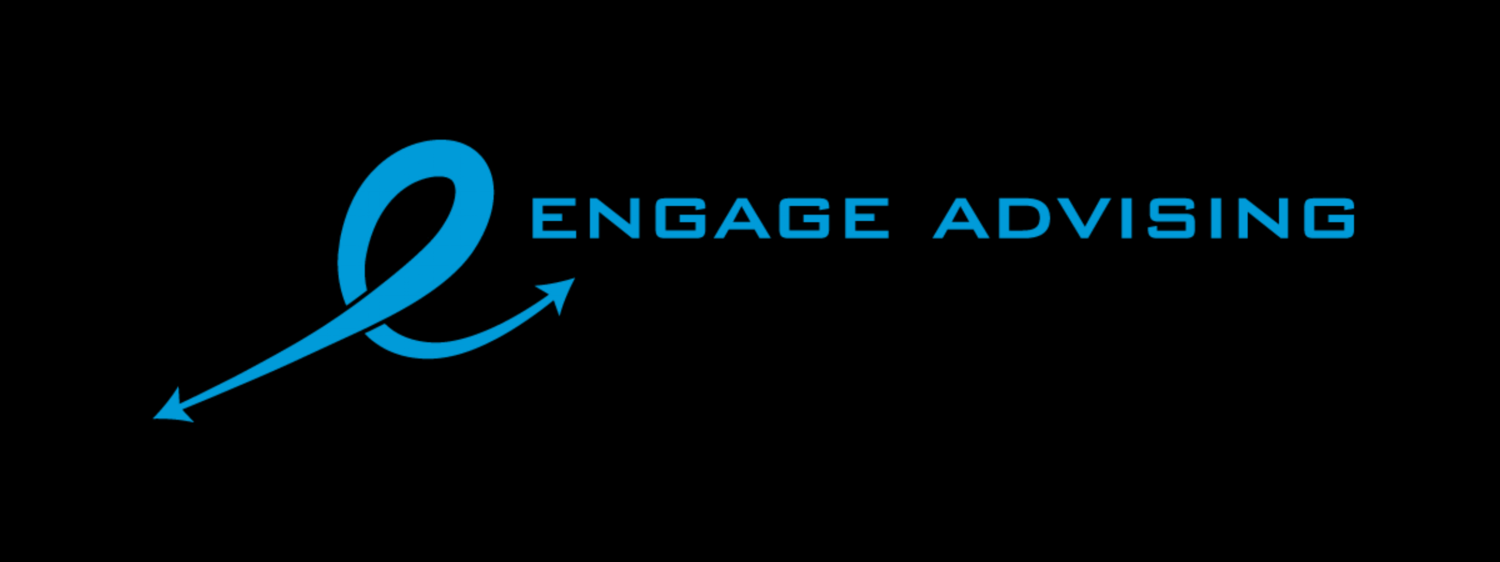After focusing for the past few weeks on serious topics like saving, debt management, and what to do with that tax refund, I decided to write about something a little more fun. All you road warriors, this one is for you!
The family enjoying a retirement dinner at Michel’s, Honolulu.
Many folks who travel for work, and travel a lot, accumulate large amounts of hotel, airline, and even preferred credit card points. If this is you, be sure that you are aware of the value these points add to your life. You also want to maximize your points any time you can.
Randy’s sister, Leesa, enjoying her balcony on Kauai
In our family, we have used points for ourselves and for family and friends. When my parents retired, I cashed in a block of air mileage points and got my mother and step-father first class tickets to Honolulu. My husband cashed in hotel points and got them a nice room at one of those swanky hotels on Waikiki Beach. We went along with them, on points of course, and even flew my sister-in-law over to join us. This fall, we are staying on points in Italy for my fiftieth birthday trip. Hawaii has been a popular draw. All told, we have taken ten family members to Hawaii – all on points!
Here are some points accumulation tips:
Know the rules of your particular hotel, airline, or credit card points program. Airlines, for example, are notorious for allowing points to expire and that is actually money lost! If you know you won’t fly, can’t use the miles, at least donate them to charity or cash them in for a product. For hotels, knowing your membership level and the benefits that come with that level is key. You may be entitled to additional points depending upon the category of room, or hotel, you book. It all adds up!
Take advantage of bonus programs. Programs may involve booking a certain number of nights per period to earn bonus points, or flying a certain number of flights per period. Make sure to understand and fulfill the terms of the bonus program offering and book accordingly. If you are not sure, always ask if the hotel booked or flight reserved meets the bonus program requirement.
Monitor flight sales and hotel offerings for bonus points destinations. Be sure to confirm you are booked in the proper ticket class or hotel to earn the bonus. If you travel a lot for work, the destination may already be on your schedule so get the extra points!
To build status and points fast, choose one company and stick with that company. Often times, members can earn extra points after attaining certain reward levels. However, if you must fly an alternate airline, or stay in a non-preferred hotel, be sure to join that points program as well. You never know when your needs may change or where your travels will take you.
Know your preferred hotel and airline partners and all properties or services in their respective portfolios. This will also help you build points fast. For example, did you know that St. Regis (luxury), Le Meridien (premium), Aloft (select), and Element (long-term stays) are all part of Marriott’s Bonvoy points program?
Only use a rewards credit card tied to a particular hotel or airline if you are always going to use that service provider. Using the card can help build points fast, but many branded cards come with hefty annual fees or large spending requirements.
Your points are hard-earned and very valuable. Never underestimate the positive impact acquiring points can have on your life. After all, you’re on the road for work and that isn’t always pleasant. Save your points, maximize them, and reward yourself accordingly.
As an independent Certified Financial Planner™, I can help you focus on your finances in more ways than just looking at salary, investments, and benefits. Contact me and let’s get started. #talktometuesday #getstarted #HowIcanHelpYou #GetHelp #Hireaplanner #points #vacation #CFPPro #savemoney #rewards #airmiles #mileage #travel












































